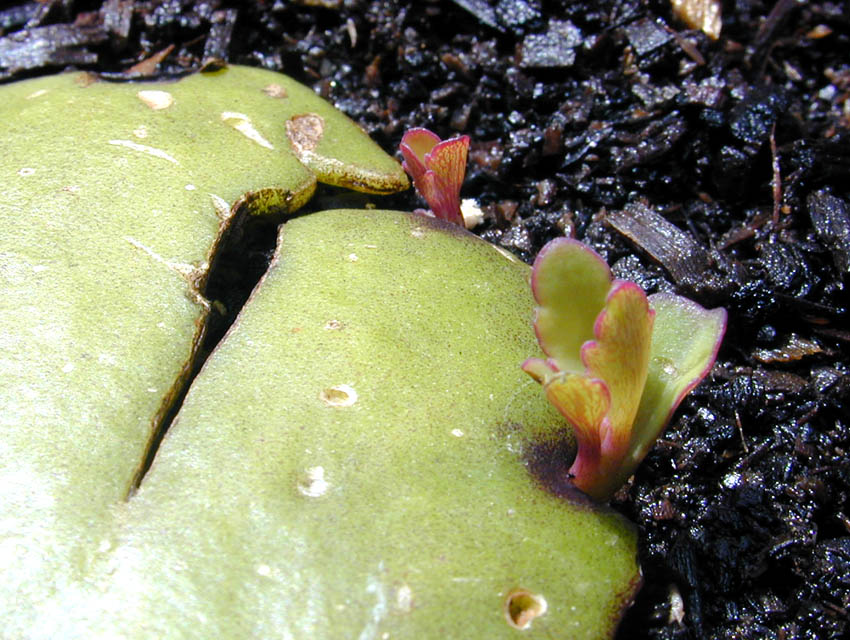Tom there is no research real scientific research on female cannabis seeds been done by any one at all and all we have is a few that are producing fem seeds claiming there the best thing since sliced bread there is no evidence to say that this will not be a positive thing for the species or is there evidence to say this method don't produce hermaphrodites and male in fact there is more evidence to show they do from people that grew the fem seeds out now to produce female seeds you need a true female plant which apparently is not an easy thing to find and sam has sed he has only 1.
Your a smart guy tom nature does not do something like add a male into an species for no veiled reason.
So its a valuable tool for breeding you say well i say its a valuable tool for people with no breeding understanding or interest in real breeding and all there interested in is to produce seeds with little effort for market.
I don't think its being unreasonable in a debate to ask for real credible proof like scientific research to back the other party's claims mate after all its only going to serve the debate and the claims by the other side that female seeds are all there sed to be right.
Yes this post has been edited a few times because some in here love to loos it when people post with a different vue or opinion tough some need to grow up.
So were is any credible research to prove female seeds are a positive thing.
hempy you can't keep asking all of us for absolute proof when you yourself don't bring any to the table. i'm an avid atheist, and always cop the "prove god doesn't exist" challenge all the time... when it's them who need to prove that he does exist not me disprove it.
when you're on the side going against the mainstream, what's accepted to be true or is used all the time etc, then it is you who has the burden of proof on yourself and need to find the evidence to disprove others. guys on here have attested to using this technique and not having issues... they've shown you the methodology and technique on paper (where it's clear there shouldn't be any real issues with hermies etc). so i don't know why you keep ignoring this logic and good sense?
so far it seems you only have anecdotes from a few friends, i don't know who they are they may be some of the best breeders in the world, they may not be, but when some of the best breeders in the world are on this thread telling you their own anecdotes and understanding of this topic and you keep ignoring them... it seems you're not really open to whatever proof or evidence we have. just because no research has been done in this area doesn't mean you're right and they're wrong automatically. you just need to open your mind a bit, forget what you've been told by your friends for a minute and come at all this information objectively, look at it all and then try and form a sensible and logical opinion on the topic.
there is no reason that cross-pollination or self-pollination would cause anymore more hermaphrodites to arise than pollination between male and female plants. in fact it may be an easier way of creating 100% female genotypes, therefore reducing hermaphroditism, which would be harder if you're mating with males all the time.
on paper cross-pollination female/female (2 diff fems), compared to male/female breeding will result in as equally healthy offspring as each other. you have 2 parents in both crosses, each of which are contributing 50% of their genome, shuffled up through recombination and made into F1 offspring. the only difference is the ratio of male sex chromosomes passed on, where a male plant has been used, 50% of the offspring will be male, where no male was used, all resulting offspring will be female BUT may have some of the male genes in recessive form (not shown in the phenotype unless under stress/chemicals used to express it).
so many people use this technique (self- and cross-pollination) today, not just breeders out for a quick dollar, if it had so many negative aspects attached to it don't you think these breeders would've worked that out already and have ditched the process? they haven't though, so have a little faith in your peers my friend
darwin






